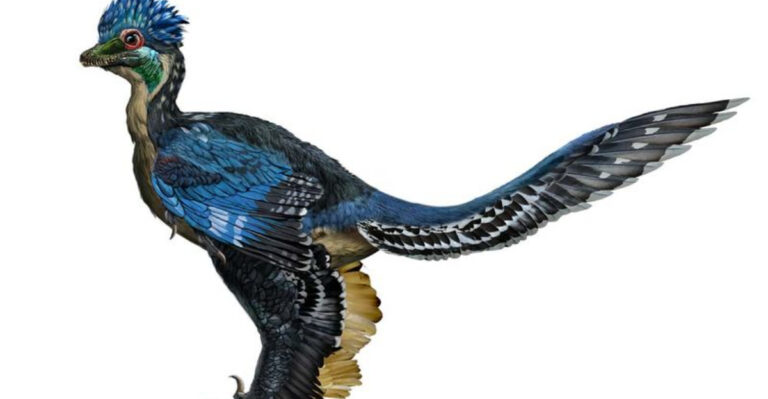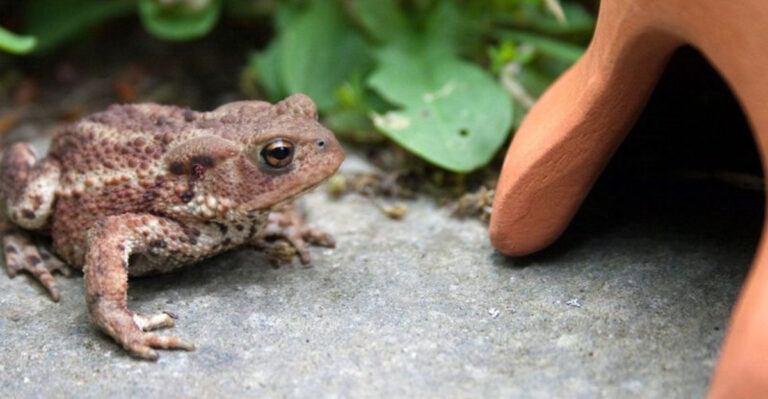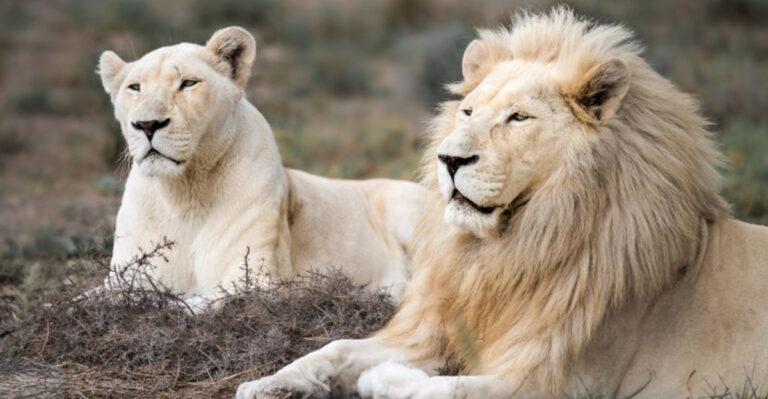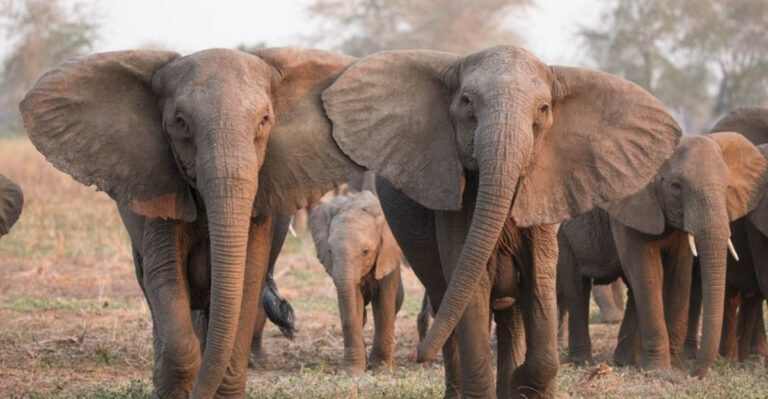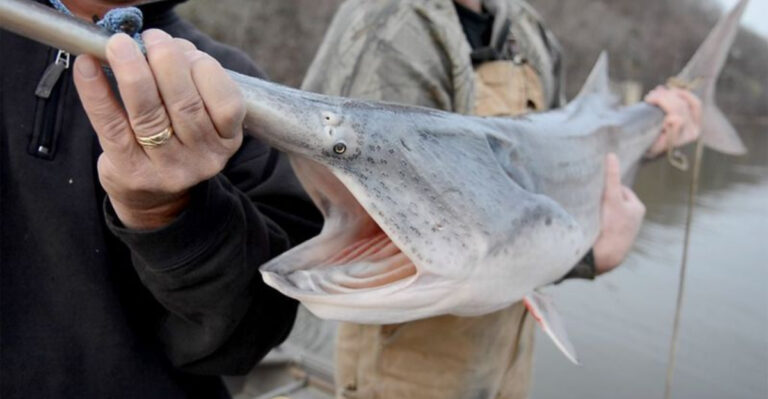13 Venomous Mammals That Might Surprise You
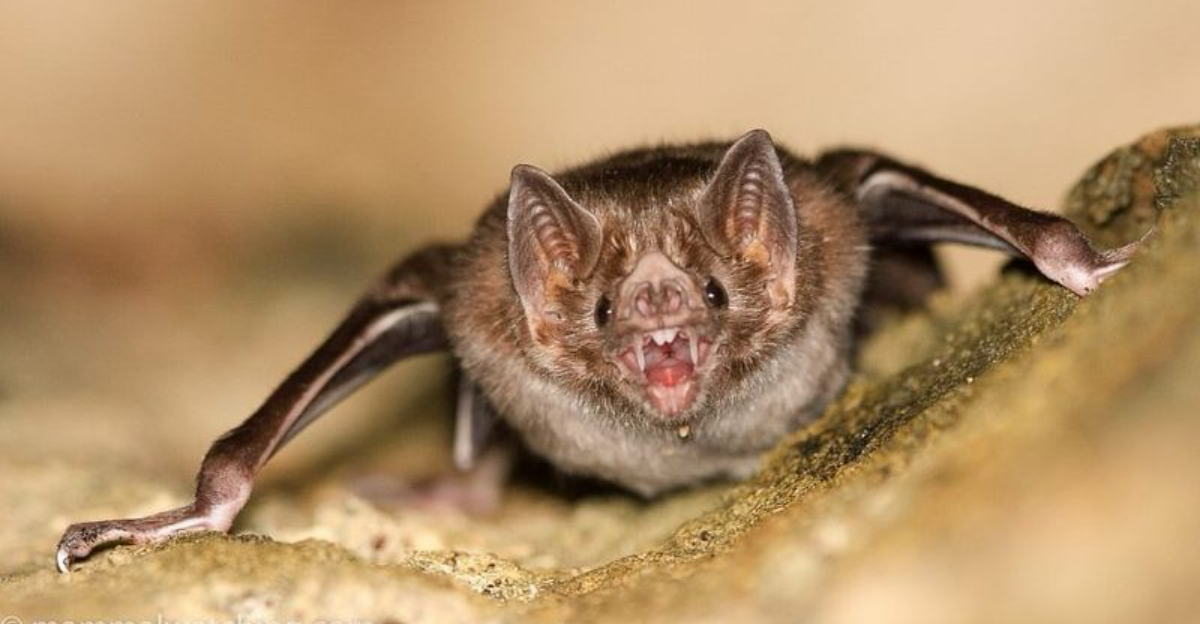
When you think of venomous creatures, mammals aren’t usually at the top of the list. But nature loves surprises, and a few furry faces come with a hidden toxic twist.
Whether it’s a venomous bite, toxic saliva, or even poison-tipped spines, these animals aren’t as harmless as they look.
Here are the venomous mammals that might just change how you see the wild side of warm-blooded life.
1. Hedgehog
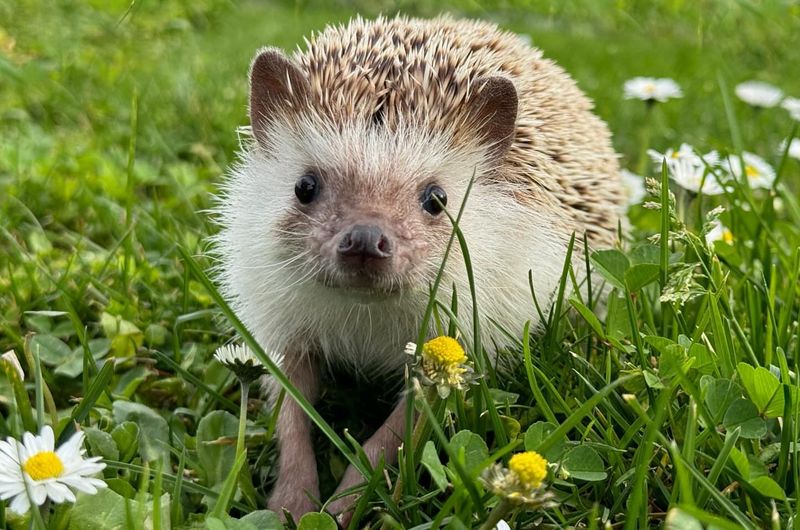
Can you imagine a hedgehog armed with more than just prickly spines? These adorable creatures are known for their spiky defense, but they also have a secret weapon.
Some species can produce mild venom that they spread on their spines. While not harmful to humans, it’s an effective deterrent against predators.
2. Northern Short-Tailed Shrew
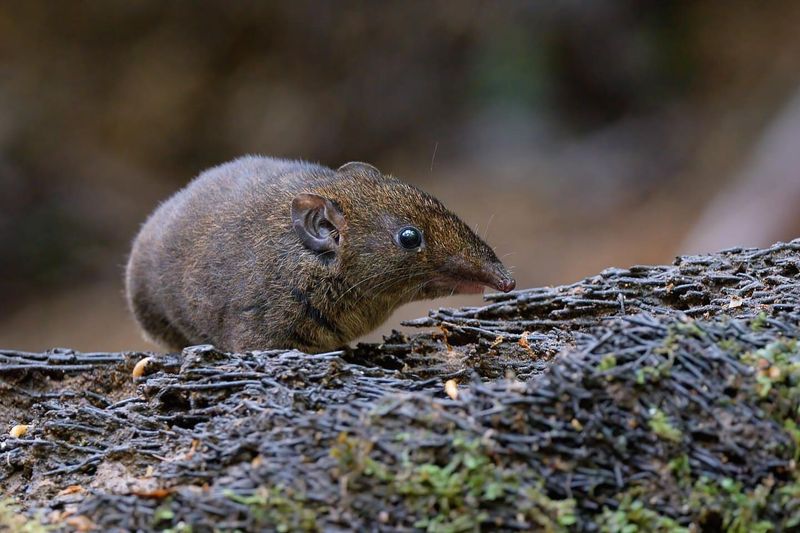
This shrew is a tiny powerhouse, armed with venomous saliva! Living in the northern forests, it’s a master of the undergrowth.
The venom helps them subdue insects and even small mammals, making them surprisingly formidable hunters.
With a voracious appetite, these small creatures are like the ninjas of the animal world, silently taking down prey much larger than themselves. Who knew something so small could be so mighty?
3. Common Vampire Bat
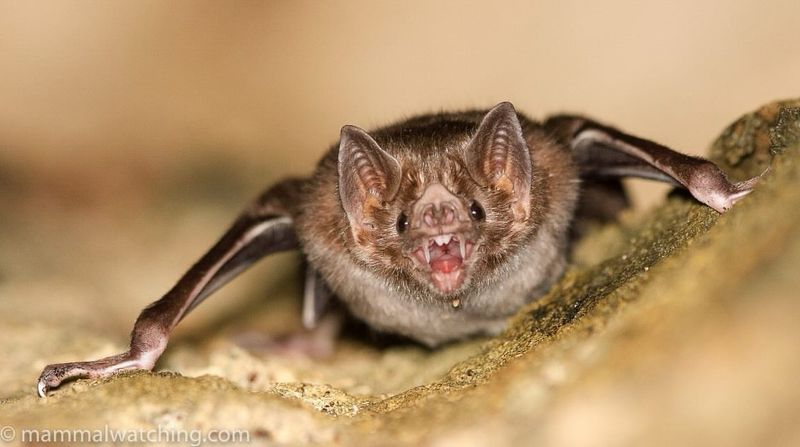
Who would’ve thought that a tiny bat could pack such a spooky punch? The common vampire bat is infamous for its midnight snack.
Nestled in the dark, it quietly approaches its prey to feed on blood. This bat uses a special enzyme to prevent blood from clotting, ensuring its meal goes smoothly.
But don’t worry, they’re not interested in humans. Mostly, they go after livestock, making them both intriguing and slightly eerie!
4. Eurasian Water Vole
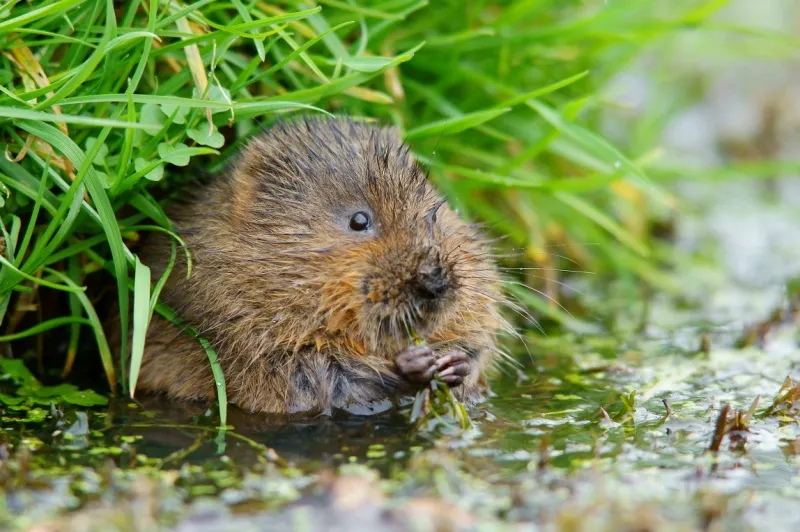
Splashing around in Europe’s streams, the Eurasian water vole might seem harmless. But this water-loving critter is a surprise package.
While not venomous in the traditional sense, its bite can transfer bacteria that can be harmful. Adorable as it may be, this vole plays an important role in its aquatic ecosystem.
Just be careful not to underestimate its bite!
5. Northern Quoll
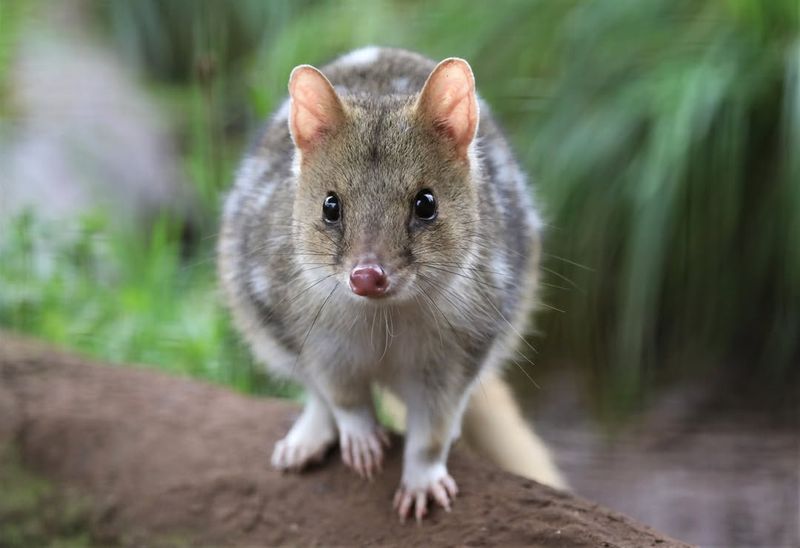
Don’t let its cute, spotted appearance fool you – the Northern Quoll has a wild side. It produces venom-like proteins in its saliva that help it handle toxic prey like cane toads.
That’s right, this little marsupial can chow down on creatures that would take out most other animals. It’s nature’s tough cookie in a tiny, spotted package!
6. Eurasian Water Shrew
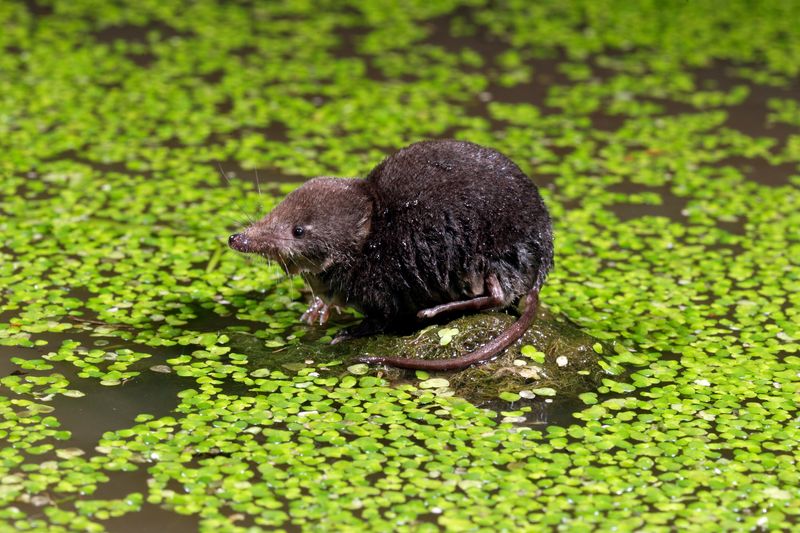
With a splash and a dive, the Eurasian water shrew takes the plunge into its watery world. Known for its venomous bite, which can paralyze aquatic prey, it’s an adept hunter below the surface.
This shrew is both a swimmer and a warrior, navigating its environment with ease. It’s a vivid reminder that even the smallest creatures can make waves in their ecosystems!
7. Slow Loris
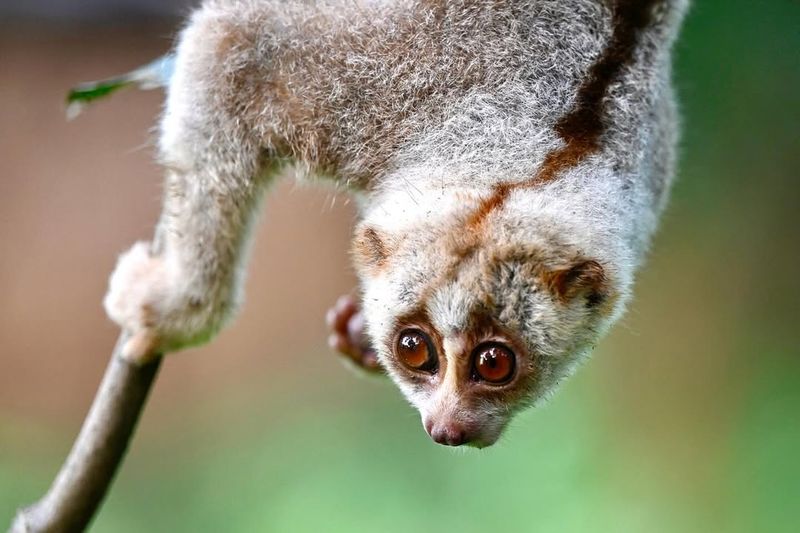
Big eyes and a slow demeanor might make the slow loris seem like a plush toy come to life. But, watch out for its venomous bite!
This adorable primate, found in Southeast Asian jungles, has a toxin-laden bite that’s far from cuddly. Its venom is used defensively, making it one of the few venomous primates.
Cute, but with a twist of danger – quite the unexpected combo!
8. Southern Short-Tailed Shrew
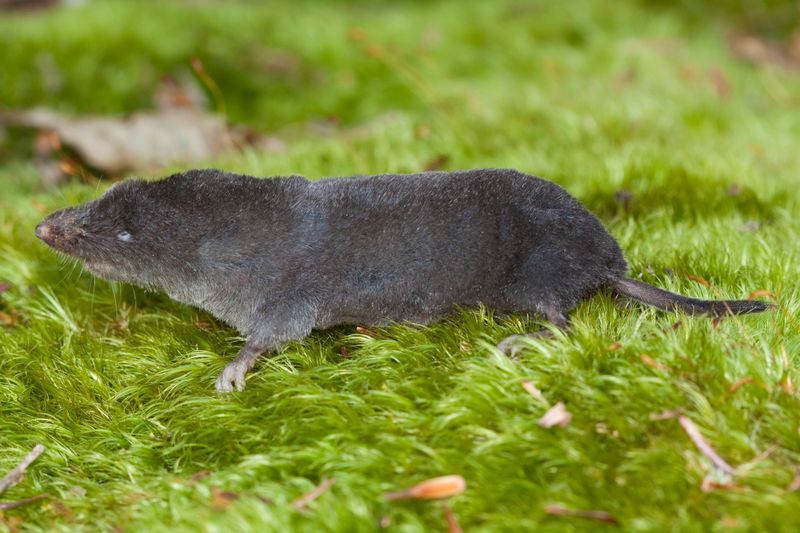
Ever heard of a shrew with a punch? The southern short-tailed shrew might be small, but it doesn’t play around when it comes to dinner.
Its venomous bite is potent enough to immobilize prey like insects and even small vertebrates. This shrew is a dominant force in the meadow, blending speed with a venomous edge.
9. Platypus
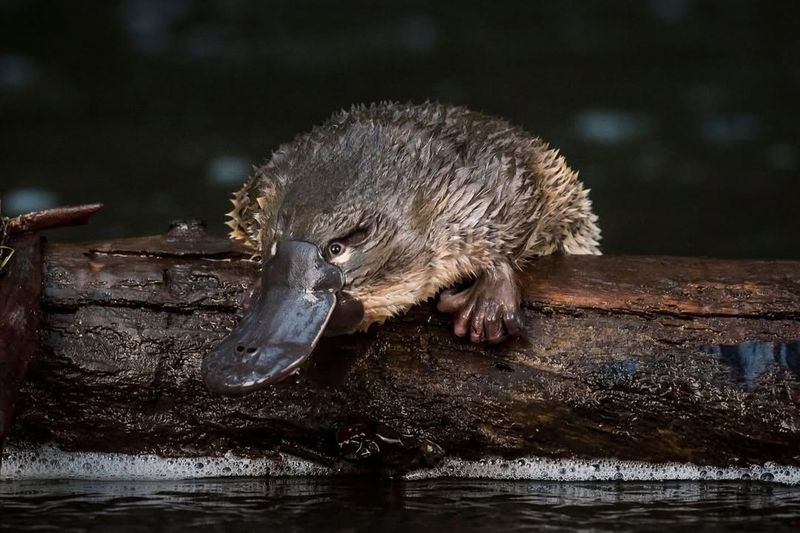
Fancy a swim with a platypus? Males of this bizarre species, native to Australia, sport venomous spurs on their hind legs.
While not fatal, the venom can cause severe pain and swelling. The platypus is a wonder of evolution, mixing a duck’s bill, a beaver’s tail, and venomous defense into one peculiar package.
10. European Mole
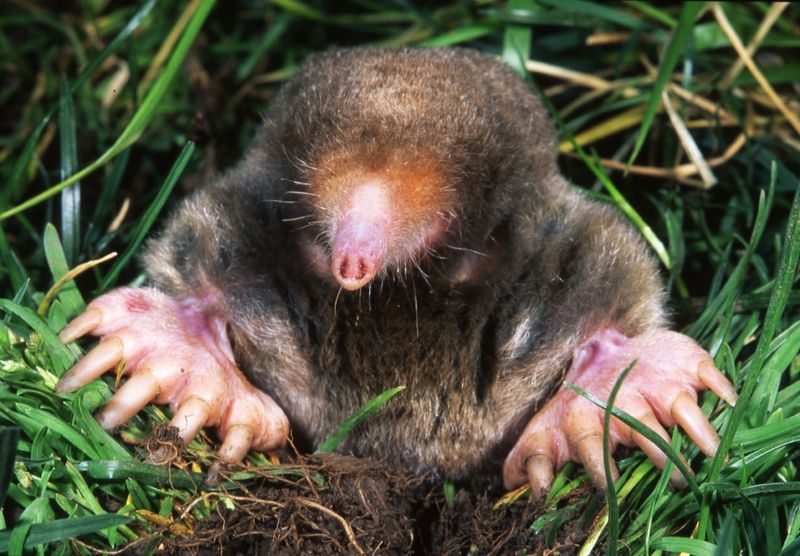
Moles might not seem all that dangerous, but the European mole has a sneaky trick up its sleeve. Its saliva contains toxins that can paralyze worms.
That little advantage makes it a pretty skilled hunter beneath the surface. With its prey frozen in place, it gets to enjoy a stress-free underground snack.
11. Northern Short-Tailed Opossum
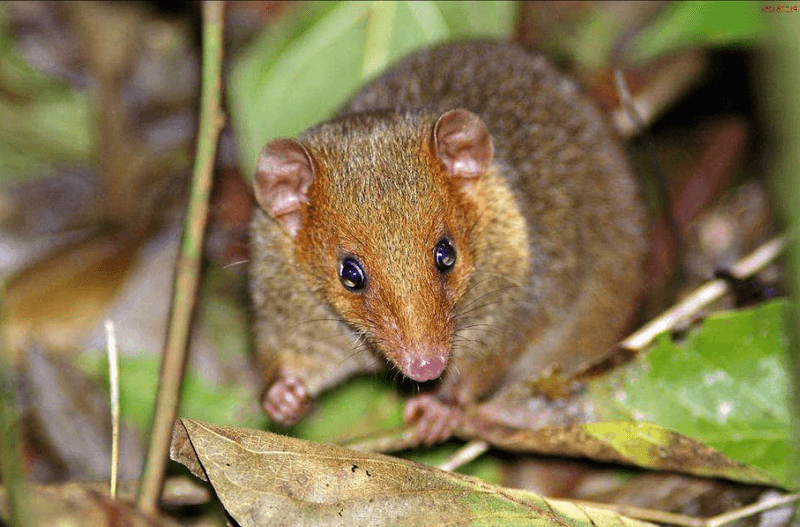
This little marsupial may look harmless, but it produces venom-like proteins in its saliva. While not fatal, these compounds can irritate predators or competitors.
It’s a surprising defense mechanism for such a tiny, wide-eyed creature. Who knew something so small and cuddly could have a chemical trick up its sleeve?
12. Solendon
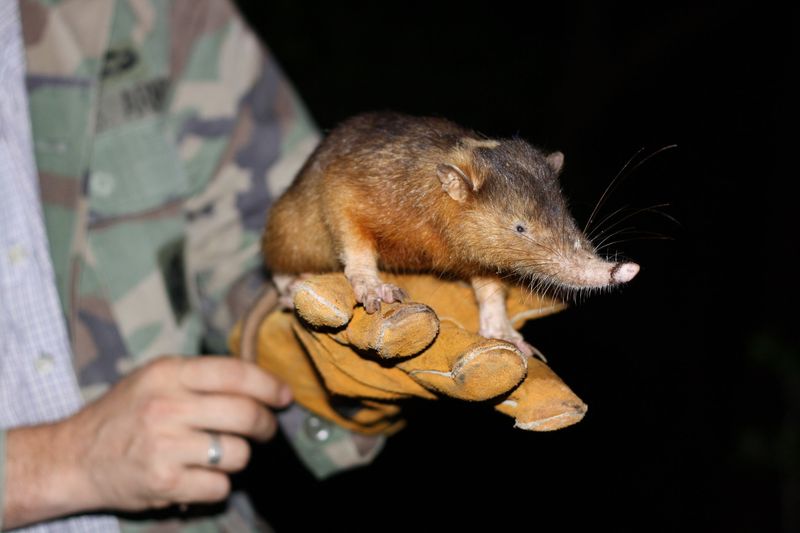
The solendon is a blast from the past, resembling creatures from the age of dinosaurs. This venomous mammal uses its toxin to hunt insects, worms, and even small vertebrates.
Found in the Caribbean, it’s a relic of a bygone era, still holding its ground. Imagine a creature that seems to have stepped out of a prehistoric landscape, with venom as its secret weapon!
13. Northern Short-Eared Elephant Shrew
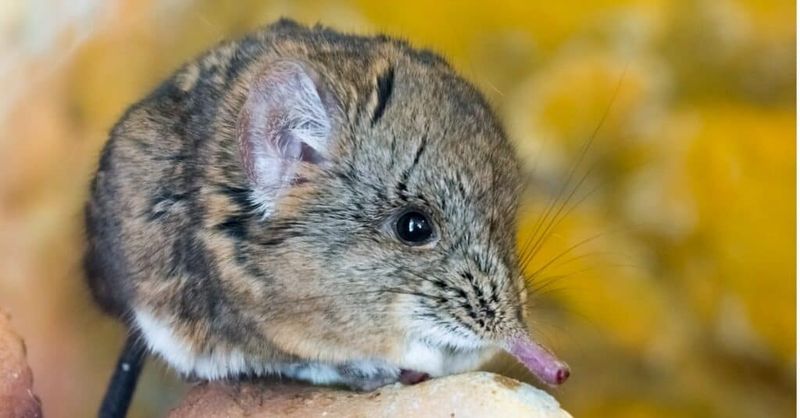
With a name that’s longer than itself, the Northern short-eared elephant shrew is a marvel. While not venomous, its rapid reflexes and agility set it apart.
It’s more about speed than venom, darting through rocky terrains with its characteristic elongated snout leading the way. Its charm lies in its unique appearance and quick moves, a tiny acrobat of the wild!

